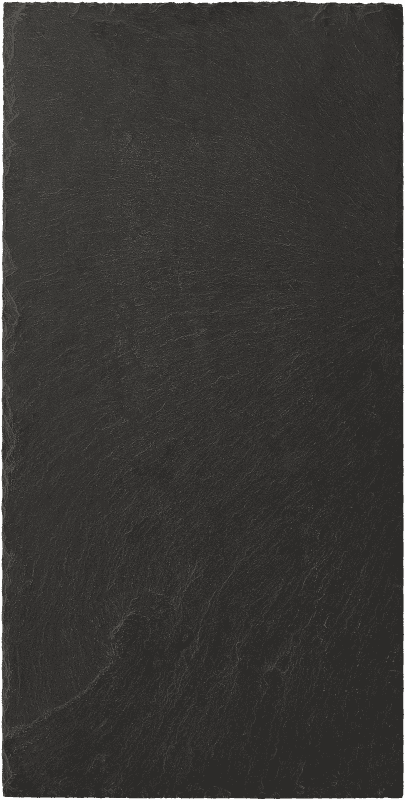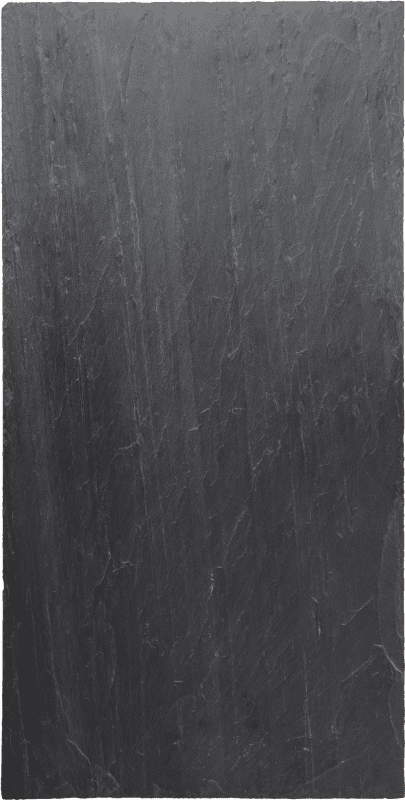Quality Checklist
Use these to make sure you choose a good quality roofing slate.
| Look at... | Check it is... | Why? |
|---|---|---|
| CE Marking | Displayed! | It’s a legal requirement. |
| Strength | > 60 MPa | It’s then less likely to break. |
| Carbonate Content | < 3% | The lower the % the better the slate. |
| Water Absorption | A1 | This means < 0.3%, a lower % is better. |
| Sulphur Dioxide | S1 | Ensures the slate will perform well. S1 is the best. |
| Thermal Cycling | T1 | Relates to the level of oxidisable pyrite, and how likely the slate is to rust. T1 is the best. |
| Proof | Documented | To ensure the slate is proven suitable for UK conditions. |
What does all this mean?
Carbonate Content is the amount of carbonate in the slate. A lower content makes the slate more resistant to pollution and colour change. There are three classifications: up to 5% / 5-20% / over 20% – the lower the figure, the better the slate. Slates with a carbonate content above 20% are tested in a different way and should be considered as probably not fit for purpose.
Sulphur Dioxide tests indicate how the slate will perform in an acidic environment, which is more typical in cities. Acidic deposition can dissolve carbonate in the slate causing material loss and structural weakness. Slate with a carbonate content of up to 20% is classified as either S1 / S2 / S3 – a result that directly affects the thicknesses of the roofing slate that can be produced.
Thermal Cycling: Tests relate to the stability of any pyrite in the slate, predicting its reaction and whether it will oxidise (rust). There are three classifications – T1 / T2 / T3 – which indicate the extent of the damage this may cause to the slate.
Water Absorption tests give an indication of how a slate may react when wet. Values up to 0.6% are classed as A1; values over 0.6% are classed as A2. The lower the % the better.
T1 denotes the slate is free of oxidisable pyrite: Applied to slates that exhibit colour changes that neither affect the structure of the slate nor form runs of colour
T2 exhibit pyrites / leaching pyrites: Applied to slate that forms that colour runs but no structural changes
T3 exhibit pyrites / leaching pyrites / oxidising pyrites: Applied to slate that form runs of discolouration and may form holes around inclusions.
View Our Slates
-
 Cinero Brazilian Grey Graphite Slate View Details
Cinero Brazilian Grey Graphite Slate View Details -
 Lovat Brazilian Grey-Green Slate View Details
Lovat Brazilian Grey-Green Slate View Details -
 Mocha Spanish Black Slate View Details
Mocha Spanish Black Slate View Details -
 Passaro Spanish Blue-Grey Slate View Details
Passaro Spanish Blue-Grey Slate View Details -
 Liarn Spanish Grey Slate View Details
Liarn Spanish Grey Slate View Details -
 Melano Spanish Blue-Black Slate View Details
Melano Spanish Blue-Black Slate View Details -
 Glendyne Canadian Grey Slate View Details
Glendyne Canadian Grey Slate View Details
Need help choosing a slate?
Our friendly staff are always happy to discuss your requirements or help you by answering any questions.






